From blanding to granding, fashion house visual identities seek out distinction
High fashion is ditching pared-back logos or integrating them into characterful worlds in the search for something more individualistic. We explore as part of The Drum’s Fashion & Beauty Focus.

Saint Laurent has eschewed its 2012 sans serif wordmark in favor of something more characterful / Saint Laurent
The ‘blanding’ visual identity trend adopted by fashion houses in the 2010s was always going to be seen off by something more individual and compelling.
It was characterized as a sans-serif, uniform wordmark that sat at the heart of a brand’s identity.
As soon as it was identified (and named so unflatteringly), it was obvious that stripping brands of their character in a crusade for modernity or in search of digital consistency and global audiences left them looking generic.
Saint Laurent and Burberry were high-profile examples and are particularly notable as they’ve since ditched those identities in favor of something grander that signals individuality and heritage. We can call this shift ‘granding’ for the purposes of identification.
Want to go deeper? Ask The Drum
Were fashion houses bandwagoning?
Made Thought founder and creative director Paul Austin is of the opinion that blanding partly came about because, in times of reasonable economic stability, “confidence is higher,” which triggers a shift towards minimalism. He also believes, however, that in the case of fashion houses, there was a lot of “bandwagoning.”
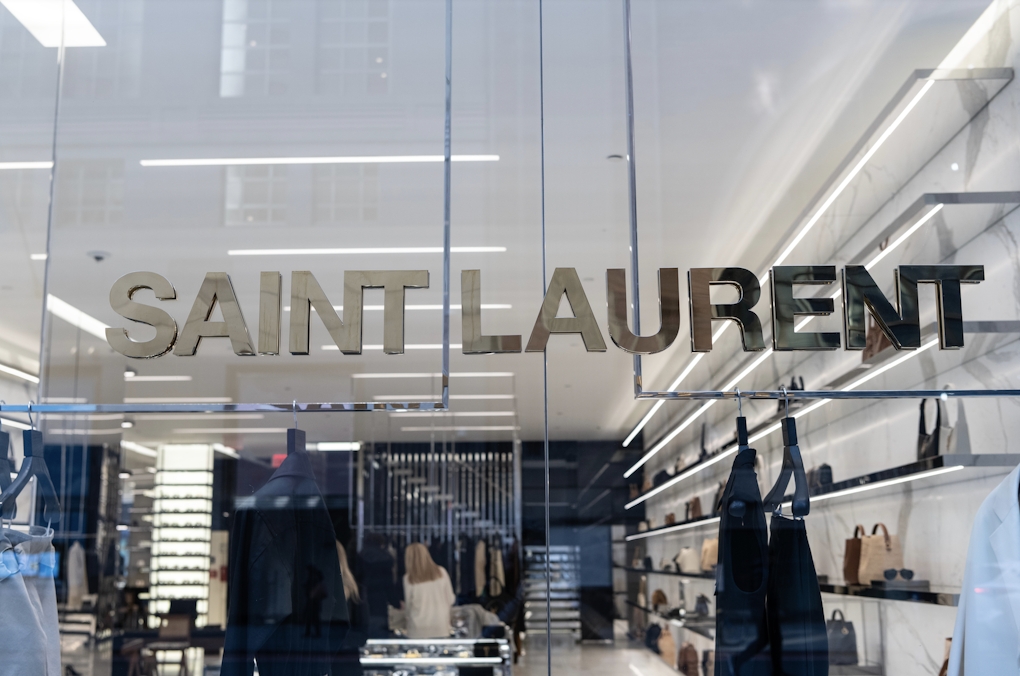
Yves Saint Laurent was an early adopter, rebranding to Saint Laurent in 2012 when it introduced a sans-serif wordmark. Austin’s take is: “That probably had nothing more to do with anything other than it was [Yves Saint Laurent creative director] Hedi Slimane’s personal taste. He was at Dior before that and you can see consistently that his world is about pared back, black and white sans serif caps.”
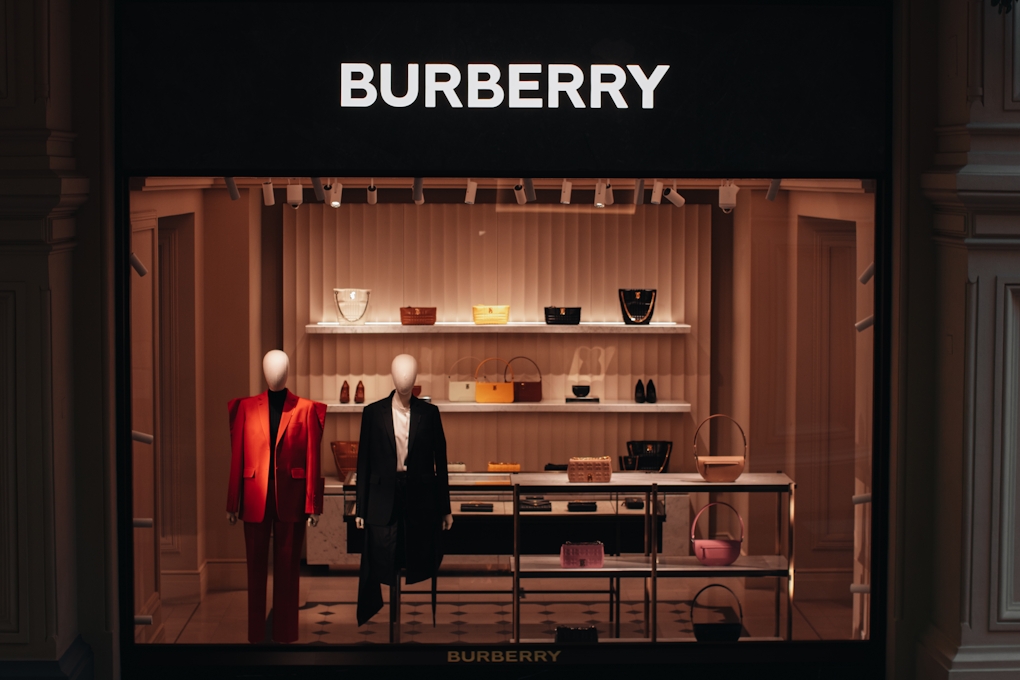
By 2018, the likes of Balenciaga had lost its logomark while Berluti and Balmain had embraced a sans-serif wordmark. For Austin, though, the “final nail in the coffin” was the Peter Saville-led Burberry rebrand that took place that year and “eradicated everything great about Burberry in one fell swoop – it’s history, it’s Britishness.”
Advertisement
What’s happening now?
Although the blanding observation had to do with logomarks and wordmarks, their look and feel often set the tone for the rest of an identity. Where grander logos have replaced the stripped-back sans-serifs, rich visual storytelling has been built up around them in a bid to create a more sophisticated and distinct identity.
This was the case with the 2022 Burberry rebrand, led by the brand’s creative director Daniel Lee, which introduced a serif wordmark and reintroduced its 1901 Equestrian Knight emblem.
Austin, who has worked with Paul Smith and Stella McCartney, thinks that the most successful fashion brands “know who they are” and can give consumers a sense of “what a brand feels like.” He says: “Brands don’t just have to rely on their history. If you look at Balenciaga, it has a Brutalist visual identity when it comes to its packaging and logo, but the feel of its brand is experimentation, progression and futurism. There’s a theatrical side to its image-making and its collections.
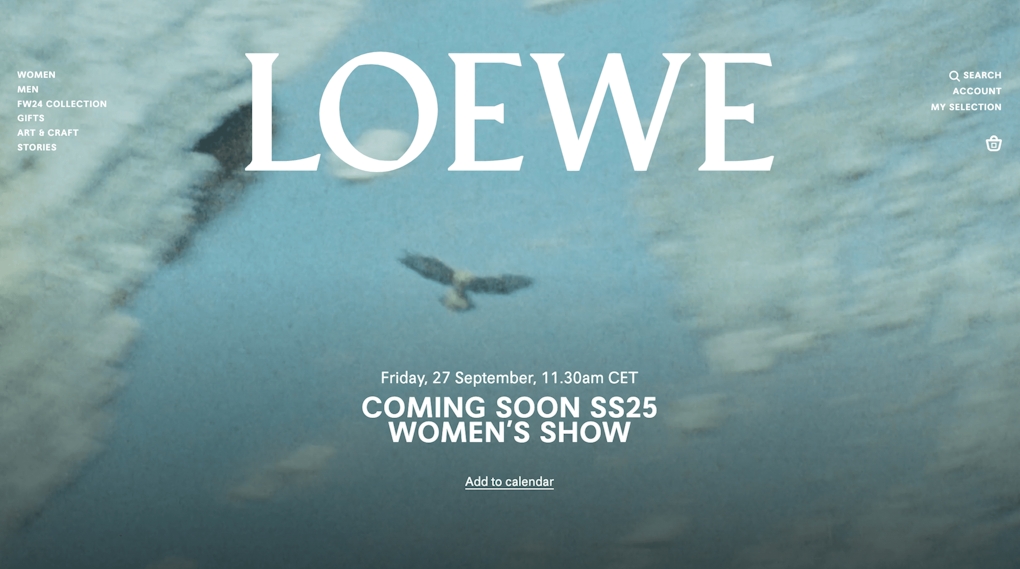
“Loewe, on the other hand, is distinct because it almost acts like a curator and has a very artistic feel.”
Austin also commends Prada for retaining its visual identity and building on it. “It has now created a custom typeface of the Prada logo and its communications follow that brand font. It has kept their core visual assets and the way it articulates them has become more expressive, yet the fundamentals have stayed the same”.
Advertisement
The Stella McCartney wordmark is composed of dots and has always been consistently minimal, so working with it across her skincare range has often been a painstaking challenge, but it doesn’t really fit into the blanding debate, says Austin. “She has resisted change with the logo as she doesn’t want to play with trends. Her core brand is her expression through image and that’s very personal to her. It’s a personal brand. What comes through in every image she uses is her heart and personality.”
Austin makes the point that working directly with a fashion brand founder can be a real advantage as they know the nucleus of their brand so well. This is also the case with Paul Smith. In this case, Made Thought was brought in to explore what the next 50 years could look like for the brand.
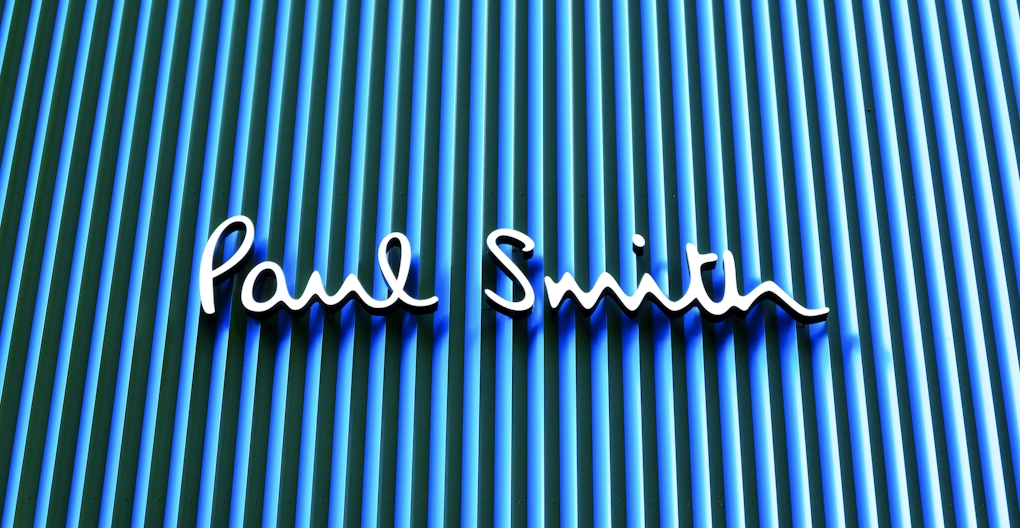
The scoping project led to lots of existential questions being asked, such as “‘How important is its stripe?’, ‘Should the logo change?’ and ‘How does a brand like Paul Smith appeal to a Gen Z cohort?’” according to Austin, who says: “What we found is, one thing you can’t change is his signature [the logo]. Then you need to think about the candy stripe that has appeared in so many products and where they can take that in the future”.
Paul Smith and any other fashion brand will increasingly be judged on “the way they behave,” says Austin, “particularly by a younger audience that wants to know what your approach to sustainability is and what messages you’re sending out. Paul Smith will need to think about these things while remaining eccentric and energetic, which it has always done.”
Ad agencies rely on consumer researchers to do their branding
Pentagram’s Paula Scher has worked across sectors for decades. Although she acknowledges that fashion houses have gone through a blanding stage and now seek out something more individual, she is clear that for her, good branding ignores the whims of trends and achieves longevity by following some fundamental design principles.
One of Scher’s bugbears is overreliance on data. “Advertising agencies and certain types of marketing companies rely on lots of consumer researchers to do their branding. They then show their clients what the current marketplace is and end up emulating it because that’s all you can test.
“You can’t test what’s going to be popular in the future, so you listen to your marketer, do what’s popular now and that’s going to look like everything else.”
Suggested newsletters for you
Why would you screw around with that?
On the contrary, she reasons that “a graphic designer’s role is to not do that but instead to invent something new and sometimes new is scary, so very often a project doesn’t happen because a client’s scared and there’s no supporting evidence.”
One result of a well-designed identity is that it keeps performing while trends come and go. “I have identities that are 35 or 40 years old,” says Scher, who sometimes advocates not changing anything at all when she’s called in to look at an identity. This was the case with the US corporation Westinghouse, which features a logo designed by Paul Rand in 1959. “Why would you screw around with that? I kept the logo and Paul Rand’s typography and helped to digitize it.”
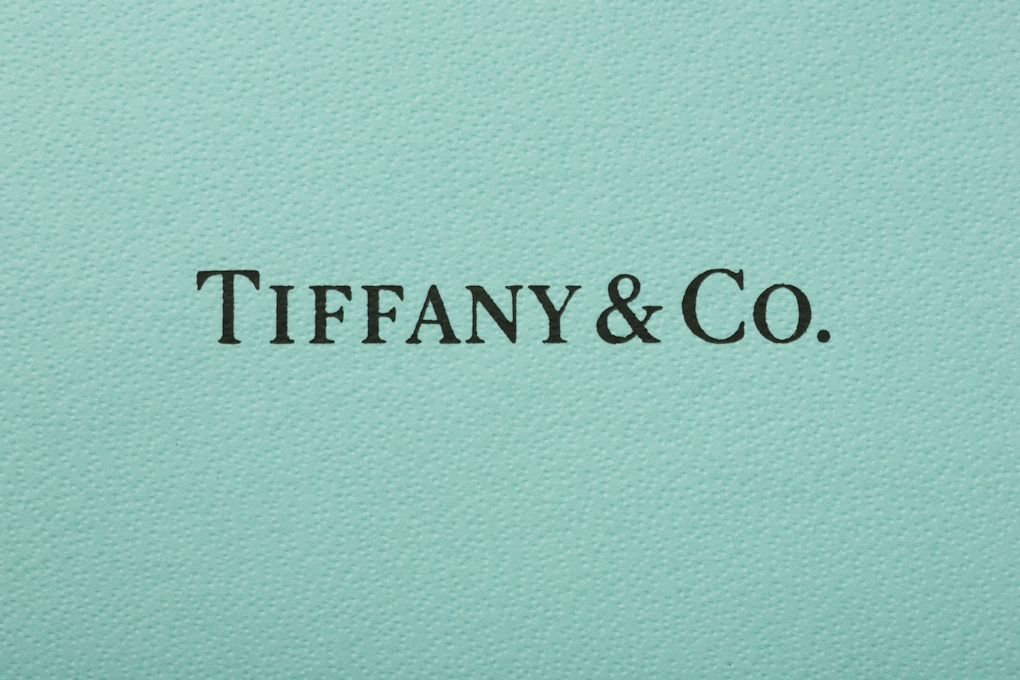
When Scher worked on luxury jewelry brand Tiffany and Co back in 1999, she merely tweaked the existing logo. The identity, which was built around this, was particularly focused on the packaging where the logo was reduced by 40% and foil stamped rather than printed. “Before, it had an upscale brand with downscale packaging. It could have been any brand and it looked cheesy.
“We made its type very small in the middle of the package and found a beautiful paper stock that could be reproduced in Tiffany blue,” she says.

This Tiffany blue was given a designated color swatch that works well on almost any material, “except for where it doesn’t control the printing, such as advertising,” according to Scher, who says everything it makes now matches.
In an effort to ensure the Tiffany blue was completely consistent it was only printed in two locations globally. “Often, global brands look different around the world as they’re printed on different printers,” says Scher.
These elements make up “the core of who they are” and simply “they don’t have to change any of it,” she says.
For Scher, “People take notice of a brand when it doesn’t look like something else. They can love or hate it, but if they take notice, they’ll then notice the product and if that matches the level of expectation presented, you’ve got a hit. At that point, why mess with it?”
Like Austin, Scher backs the idea that forging personal relationships with the owners of fashion brands, creative directors or people who make decisions leads to better outcomes.
“It really depends on who has the power in the organization. If it’s truly led by a fashion designer or the owner – who might not be a fashion designer – there’s more likelihood they will develop their own identities and stick with them,” says Scher.

